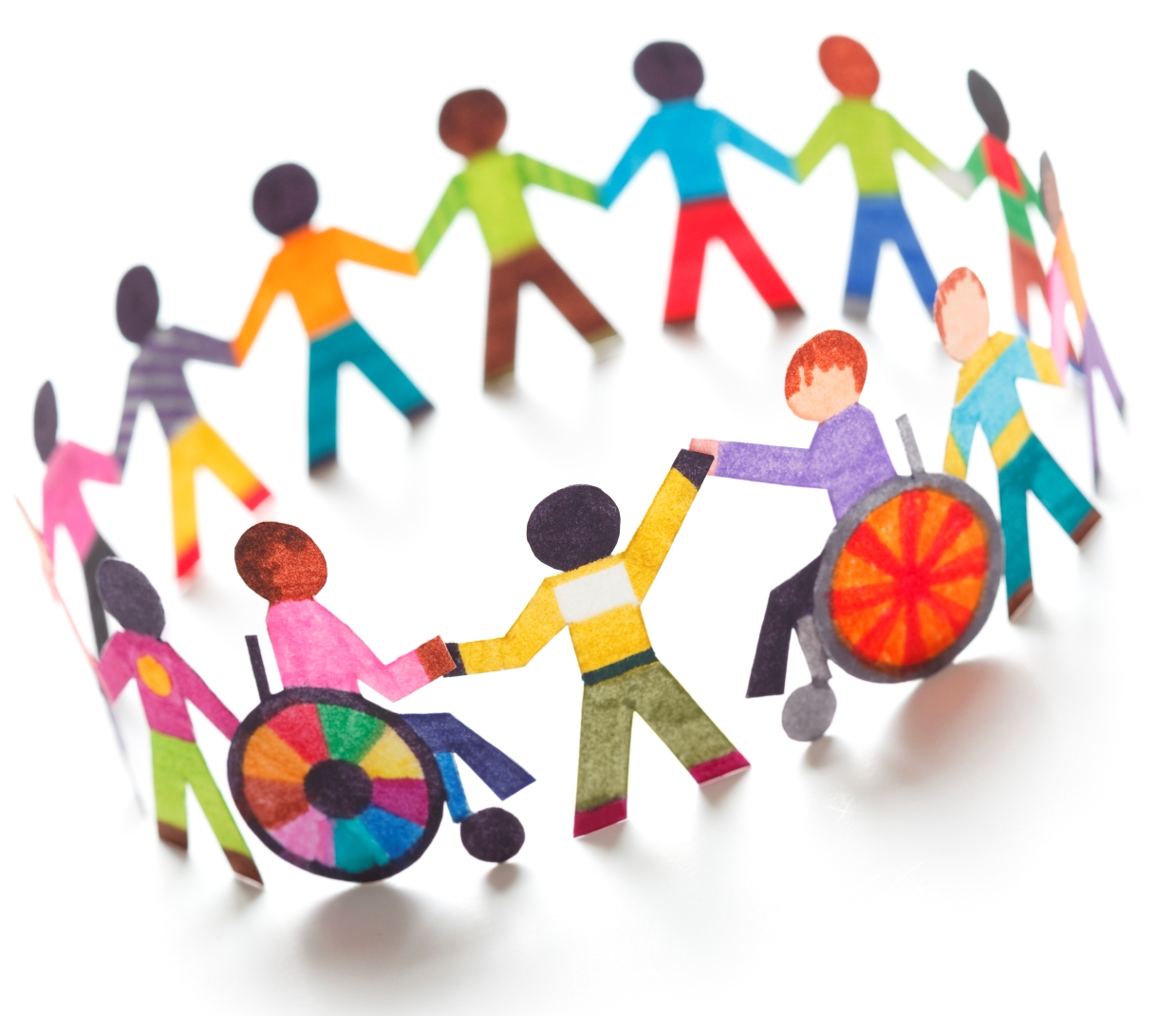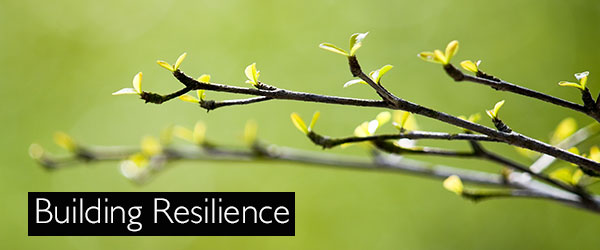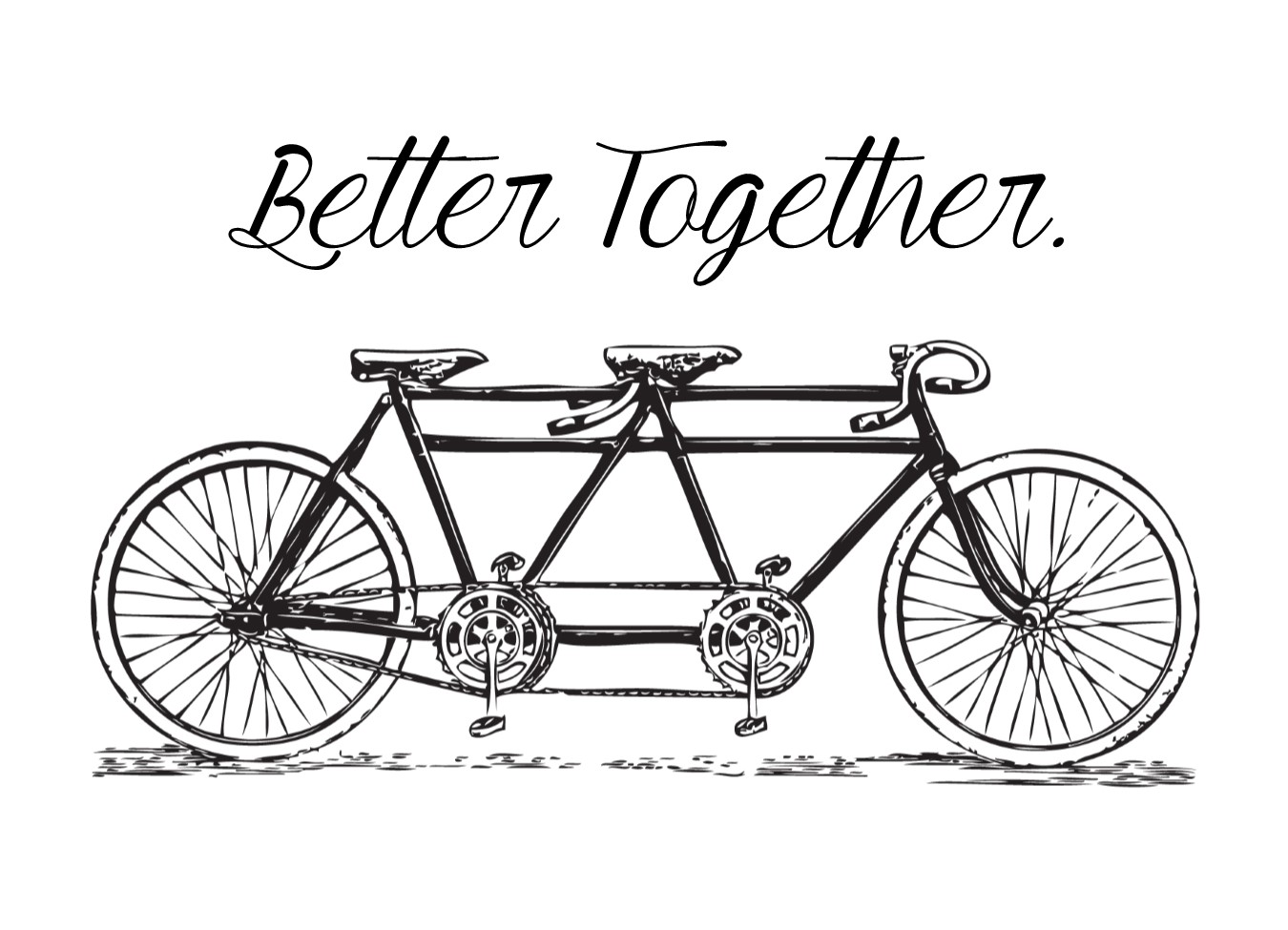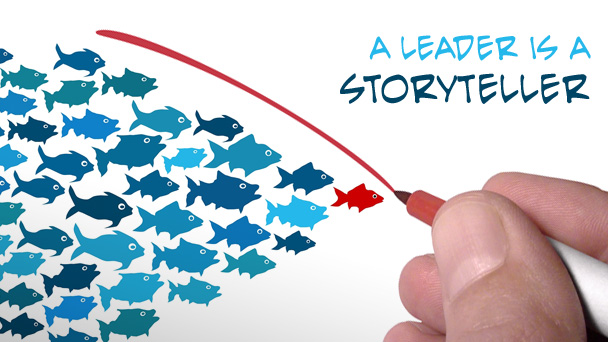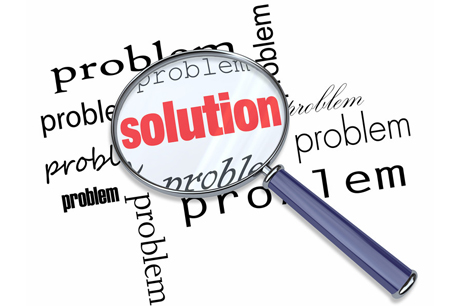Early Education: Good for Business, Good for Society
“If we don’t look at this seriously and think about early childhood education as our moon mission for the next ten years, then we miss the opportunity to build a workforce to keep us competitive for decades to come.” Larry Jensen, President and CEO of Cushman & Wakefield Commercial Adviser
For many parents, the birth of a baby can generate hope and optimism for the possibilities of what lies ahead. It can also cause anxiety about ensuring the baby has what she needs to not only survive, but thrive in the world. Uncertainty lies ahead, and the most hopeful among us trust that the child will be safe and will discover a way to excavate her talents and live a fruitful life.
Everyone wants a child to grow to her greatest potential not only for her own fulfillment but to ensure the prosperity and future of society. Our well-being depends on the next generation of children who will become our citizens and our workforce. It is up to us to create an environment where we are cultivating our future by investing wisely in educating parents and early childhood practitioners in the “skills” that will ensure a prosperous society.
Experts in the area of early childhood development tell us that learning begins at birth and that the most critical learning imprints happen in the first five years of a child’s life. “Parents are a child’s first teacher” is a mantra familiar to many, meaning that a parent’s job is to cultivate a secure attachment where a child feels safe and has a healthy sense of self. Coupled with a parent’s efforts is the need for robust early childhood education taught by well-trained practitioners who understand the science of imprinting and learning that complements the work of the parent at home. Scientists are using their combined research to call for the need to create policies and to invest in early childhood education as a means of ensuring the future of business and of our society.
Research makes it clear that early childhood education is the catalyst for creating a vibrant, progressive workforce and society. According to a study conducted by the National Scientific Council Center on the Developing Child at Harvard University, there are clear concepts to back their theory:
Child development is a foundation for community and economic development as capable children become the foundation of a prosperous and sustainable society
Brains are built over time
The interactive influences of genes and experience literally shape the architecture of the developing brain, and the active ingredient is the “serve and return” nature of children’s engagement in relationships with their parents and other caregivers in their family or community.*
In addition, investing in high-quality early learning programs for children from birth to age five yields high financial returns. Research shows that besides the social and cognitive benefits comes economic benefit, including higher earnings for the individual, increased tax revenues and decreased use of welfare and other social services, ultimately resulting in lower expenses for states and for communities. The earlier the intervention, the higher the return.
The business community understands all too well the importance of having a world-class education system as a pipeline for their workforce. Achieving a world-class education system means focusing on the all-important learning opportunities for children from birth to age five.
On March 29th, we are hosting our business Solution Series—Why Business Should Support Early Childhood Education: Building a Workforce Pipeline for the 21st Century. The forum will be an opportunity for businesses to come together to learn more about why it’s essential for businesses to care about investing in early education and how it can influence the bottom line today—and in the future. If you are a business leader, this forum will offer a fascinating lens on the future of workforce development. I urge you to attend! You can register at www.fedcap.org. Hope to see you there. In the meantime, I welcome your thoughts.
*from the The Science of Early Childhood Development: Closing the Gap Between What We Know and What We Do National Scientific Council Center on the Developing Child at Harvard University http://www.developingchild.net


